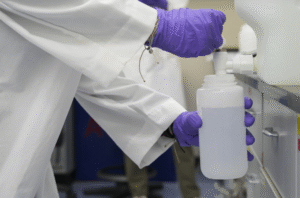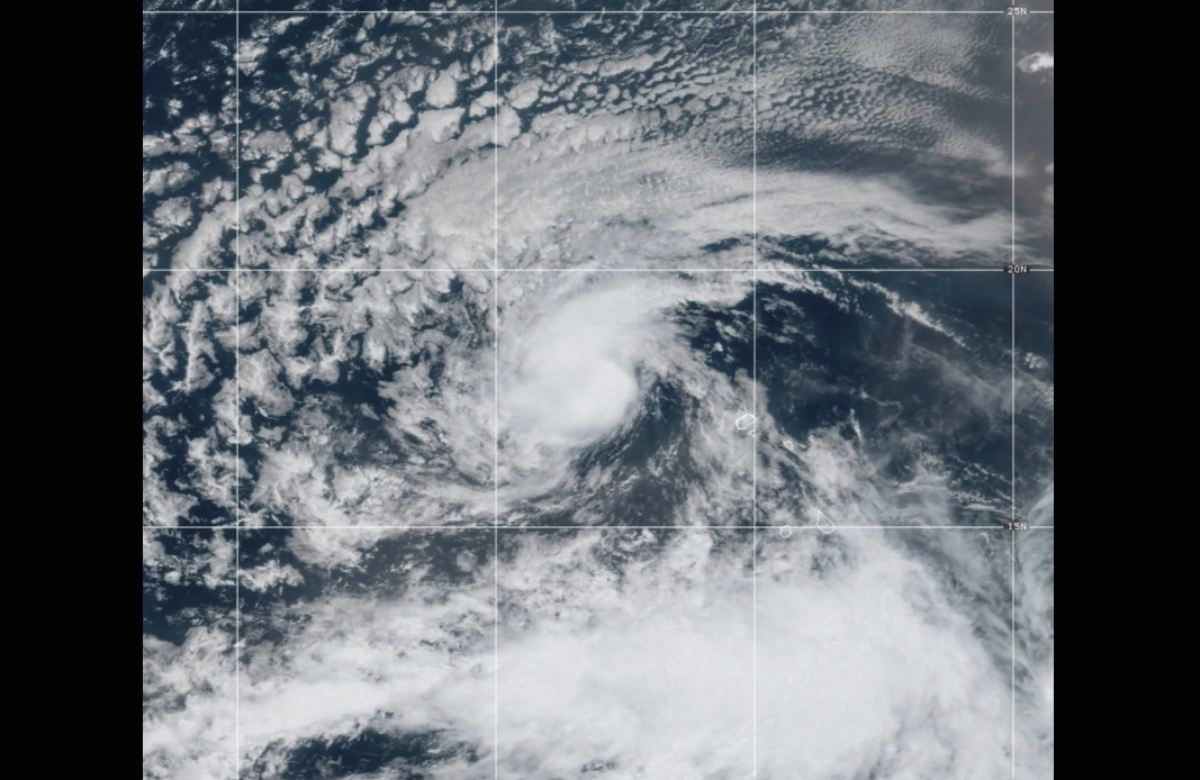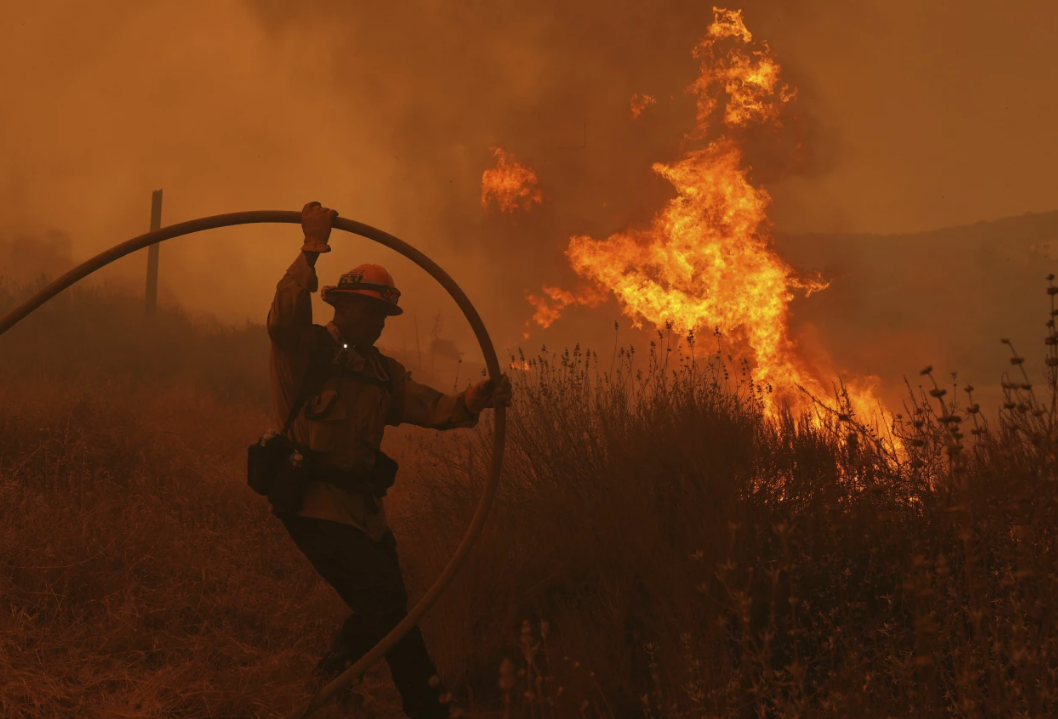Southern California experienced more rainfall on Monday, following mudflows that occurred over the weekend. While the rain helped firefighters, it also increased the risk of toxic ash runoff in areas affected by recent wildfires near Los Angeles.
Flood watches were issued for burn areas from recent fires, including those near Pacific Palisades, Altadena, and Castaic Lake, as reported by Joe Sirard, a meteorologist for the National Weather Service in Oxnard.
Sirard warned that the fresh burns are particularly vulnerable to rapid runoff, meaning even a small amount of rain could trigger mud and debris flows. Once the rain reaches certain thresholds, the danger of these flows increases significantly.
At Los Angeles International Airport, about 2.5 cm (just under an inch) of rain was recorded in a 24-hour period ending at 3 a.m. on Monday. Nearby areas received smaller amounts of rainfall.
The Santa Monica-Malibu Unified School District closed all four Malibu schools on Monday due to hazardous road conditions and difficulties accessing the schools, according to a statement posted by school officials.
A section of the Pacific Coast Highway in Los Angeles County was shut down on Sunday afternoon due to mudflows in Topanga Canyon, according to the California Department of Transportation. Meanwhile, heavy snowfall hit the mountains in San Bernardino and Riverside counties.
One positive outcome of the rain is that it could assist firefighters battling several wildfires after weeks of dry and windy conditions.
Los Angeles County crews had spent much of the previous week working on clearing vegetation, stabilizing slopes, and reinforcing roads in areas heavily impacted by the Palisades and Eaton fires. These fires, which began on January 7, destroyed entire neighborhoods and left a trail of rubble and ash.
As of Sunday, the Palisades Fire, the largest of the two, was 90% contained. This fire had destroyed thousands of homes and claimed at least 11 lives. The Eaton Fire, which started near Altadena and has killed at least 16 people, was 98% contained.
The Hughes Fire, which broke out north of Los Angeles last week and led to evacuation orders or warnings for over 50,000 people, was 95% contained by Sunday evening.
In San Diego County, firefighters made significant progress in containing the smaller Border 2 Fire, which was burning through a remote area of the Otay Mountain Wilderness near the U.S.-Mexico border.
While much of the region was expected to receive around an inch of rain over several days, the weather service cautioned about the risk of localized cloudbursts that could lead to mud and debris flows down hillsides.
Meteorologist Carol Smith from the weather service warned that if one of these showers were to linger over a burn area, it could trigger debris flows.
In response to the situation, Los Angeles Mayor Karen Bass issued an executive order last week to speed up cleanup efforts and address the environmental impact of fire-related pollutants. Additionally, LA County supervisors approved an emergency motion to install flood-control measures and expedite the removal of sediment in fire-affected areas.
Fire crews worked to fill sandbags for affected communities, while county workers set up barriers and cleared drainage pipes and basins in preparation for potential flooding.
Officials warned that the ash from recent burn areas is a hazardous mix, containing remnants from burned cars, electronics, batteries, building materials, paints, furniture, and other household items. The ash also includes harmful substances such as pesticides, asbestos, plastics, and lead. Residents have been advised to wear protective gear while cleaning up.
Concerns about post-fire debris flows have been heightened since the 2018 disaster in Montecito, where mudslides triggered by rain devastated the town after a large fire had left the mountainsides bare. The mudslides caused extensive damage to homes and led to 23 fatalities.
The recent rainfall broke a near-record dry spell for Southern California, which is currently experiencing “extreme drought” or “severe drought” conditions, according to the U.S. Drought Monitor.















